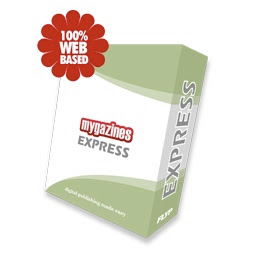Masthead marks the launch of its final print issue
 A friend tells us that Masthead magazine's final print issue was launched last night with an event at a west end pub in Toronto. Over complimentary Swedish meatballs, sausage rolls and chicken wings (sponsored by CDS Global, a consistent Masthead advertiser), everyone drank and talked about how bad everything is for magazines right now.
A friend tells us that Masthead magazine's final print issue was launched last night with an event at a west end pub in Toronto. Over complimentary Swedish meatballs, sausage rolls and chicken wings (sponsored by CDS Global, a consistent Masthead advertiser), everyone drank and talked about how bad everything is for magazines right now.Among those in the crowd were Megan Griffith-Greene (Chatelaine), Stacey May Fowles (novelist, publisher of Shameless and now also handing circulation for The Walrus) Conan Tobias (Canadian Business), Jessica Johnston (formerly This Magazine, now studying at Ryerson), Jeromy Lloyd (Marketing), Corinna van Gerwen (formerly of Style at Home, now Cottage Life), Scott Bullock (CDS Global) and a few dozen others.
Marco Ursi, the editor (who is carrying on as editor of the online version) characterized Masthead as the Maclean's of the magazine world. Publisher Doug Bennet hinted that Masthead might be reincarnated in a new form one day, and then distributed the final "collector's item" issue.
Related post:








.jpeg)










